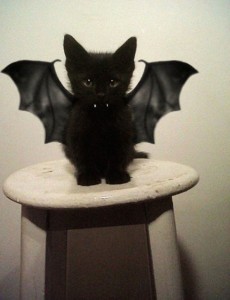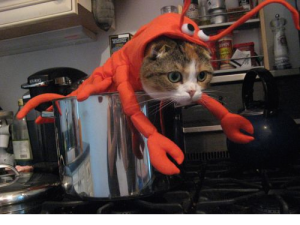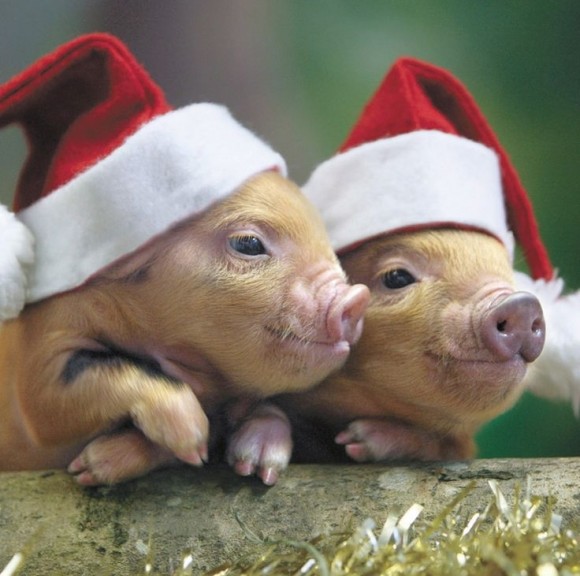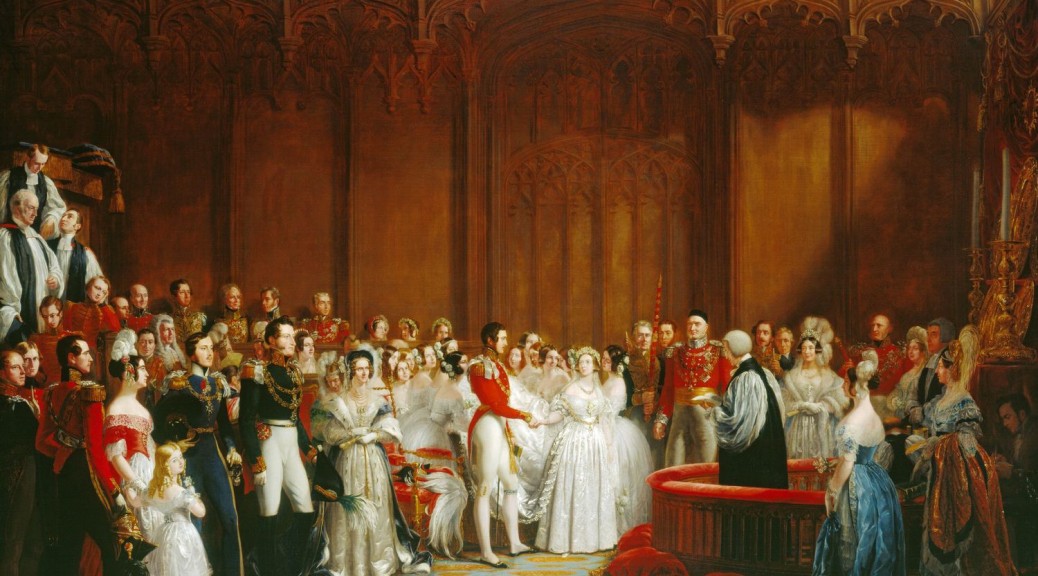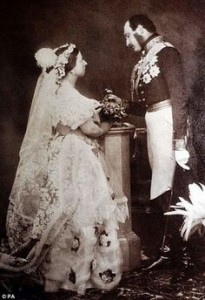In the 5th Century BC in Ireland, October 31 was seen as the divide between summer and winter and was called Samhain (pronounced sow-han because after a few days of partying, you have a really hard time pronouncing the letter “m” – not really, it’s just that their language is weird like that).
It was the night that the spirits of the dead could walk the Earth. To encourage the spirits not to linger, people would put out the fires in their homes (to make it cold and unwelcoming) and dress as demons, goblins, and witches. They would parade through the houses, making as much noise as possible. (Parents of small children can relate.)
Then they would gather outside the village where the druid priests would light huge bonfires. The fires were a tribute to the sun god in thankfulness for the crops they had grown. It was also meant to frighten away spirits who might want to inhabit a villager’s body over the next year. Sometimes, if someone seemed to be already possessed, that person was thrown onto the fire. (The 5th Century BC was not a high point in caring for the mentally ill.) This was to warn off other spirits from trying to take over any of the other villagers.
The festivities changed some over the years. The Romans came and banned burning the crazies possessed, and burned effigies instead. The Christians came and the holiday began losing its connection to the old religion. In the 8th century, Pope Gregory III designated November 1 as All Saints Day, a day to honor saints and martyrs. Church sanctioned holidays were moving in on the holidays of the old gods and taking over their festivities.
People probably didn’t care much. They still got bonfires and a night of partying. While churches in other parts of the world had All Saints Day on November 1, not much was going on for All Hallow’s Eve (Halloween) until the potato famine forced Irish immigrants to come to the United States. America in the 1840s discovered Mischief Night where young people in costumes would go out and destroy stuff (knock over outhouses, for example). They also brought the custom of trick-or-treating.
Even in the 1880s people were already talking about making the holiday less frightening so as not to upset the children. Now, a little over a century later we’re just trying to take away the fun and creativity. The only appropriate costumes anymore are generic store-bought ones that are guaranteed not to offend anyone – funny how most of them are licensed comic book or movie characters. (But the change isn’t for profit, it’s for the Chiiiiilllldddrrreeennnn!)
At least we can still dress our pets up in weird costumes.


